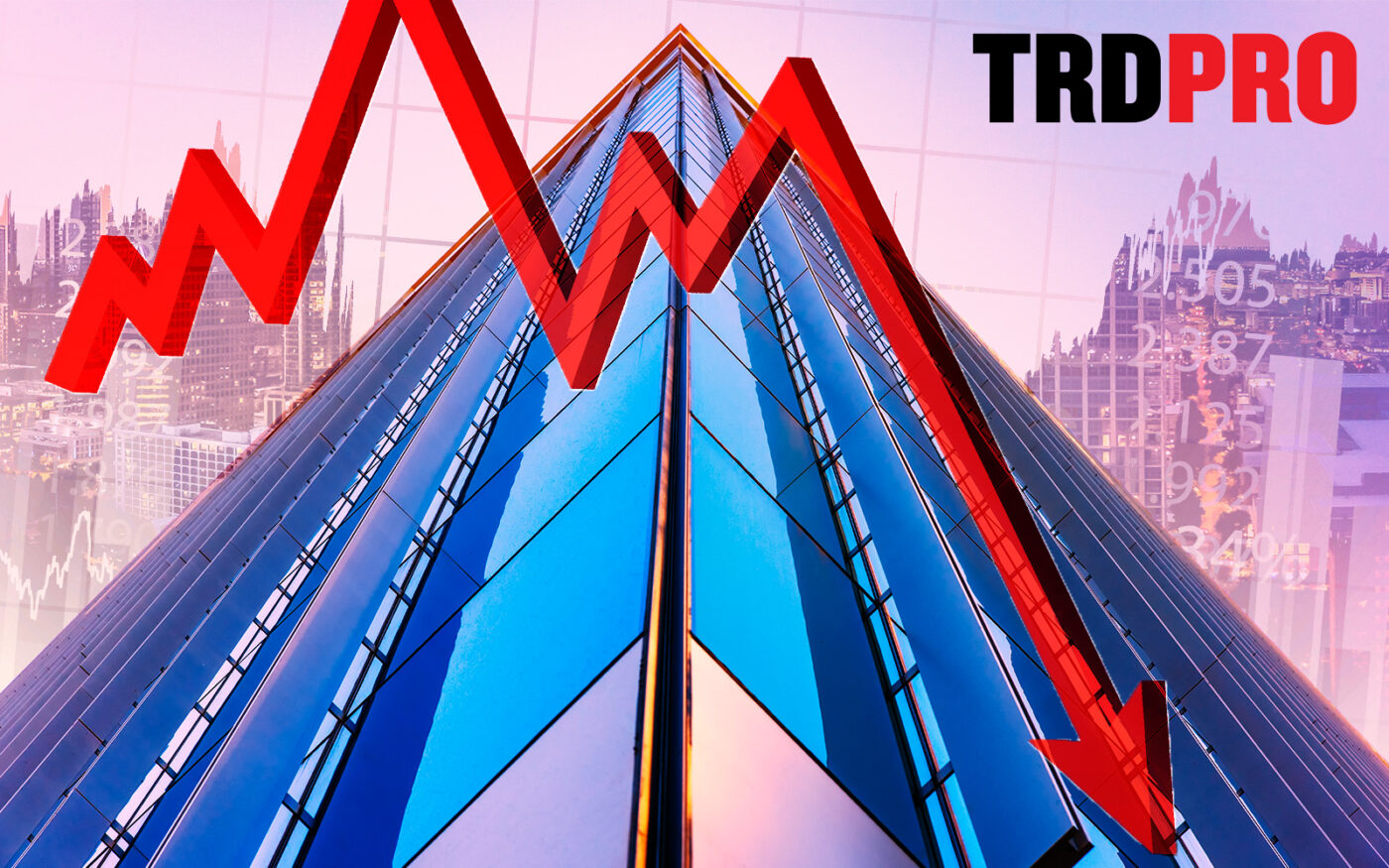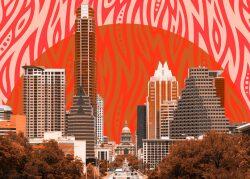Trending
Austin’s office market suffered last year
Net absorption in the state capital plunged over 200 percent in Q4 2022

Despite Texas leading the nation in the back-to-office movement, office markets in major metros of the Lone Star State are not immune to the chill sweeping the sector from Manhattan to Los Angeles, though Houston fared the best of the three last year.
Net absorption in the fourth quarter dropped dramatically year over year in Dallas and Austin, plunging from positive figures into negative territory. In Dallas, the drop since the end of 2021 was nearly 130 percent, ending 2022 at -266,000 square feet. In Austin, the fall was even steeper — over 208 percent, to finish the year at -499,000 square feet.
Only Houston saw a rise in net absorption — over 34 percent — but that still left the Bayou City with the lowest net absorption figure of all at -647,000 square feet.
Vacancy rates dropped slightly in Houston and Dallas, but in Austin, it went up by 2 percent, and the rate in all three cities remains above 20 percent.
Earlier last year, the big news in the Austin office market was that it was one of the hottest in the country — not only in terms of demand and rents, but construction as well.
In April 2022, asking rents went as high as $53 per square foot, according to a CBRE report — the first time rates hit more than $50 since the company began tracking Austin office rents in 1989.
Average asking rent was indeed up in Austin and Dallas year over year in the last quarter of 2022. Austin’s $45.58 per square foot marked a 1.47 percent increase over the end of 2021, while Dallas’ $28.31 per square foot was up 3.47 percent from a year before. Asking rent slipped by 2.18 in Houston.
CBRE also reported that Austin’s office-construction pipeline was the biggest in the country as a proportion of its existing stock. The office projects underway in the first quarter of 2022 represented 9.4 percent of the city’s existing inventory, according to the report.
Austin is suffering acutely now because of the source of its earlier office boom: a mass exodus of tech companies decamping from the Bay Area. Now that many of those same tech firms are cutting back, Austin’s office market is disproportionately affected.
This is one of the hundreds of data sets available on TRD Pro — the one-stop real estate terminal for all the data and market information you need.








